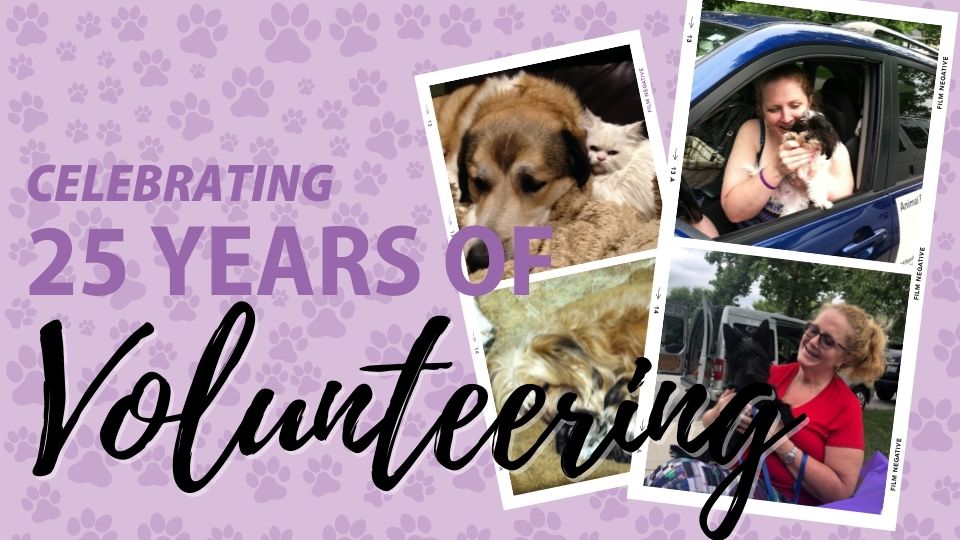
A.R.F. President Ann Persenaire Celebrates 25 Years of Volunteering
A.R.F.-Animal Rescue Foundation in Wheaton, IL was formed from humble beginnings 36 years ago, and A.R.F. President Ann Persenaire has been volunteering here for 25 of those amazing years. Ann’s leadership, enthusiasm, and expertise has helped A.R.F. grow our outreach, our recognition, our volunteer base, and most importantly, the number of pets rescued year after year. Today, we interview Ann to look back on her illustrious career as A.R.F. IL volunteer and President, to celebrate her and inspire future volunteers.
What was your personal background before you started volunteering?
I went to Northwestern University for a BS and MA in Human Communication Sciences and Audiology. I practiced at The Children’s Hospital in Newark, NJ for ten years before moving back home to IL where I was Regional Manager at Sonus until going out on disability seven years ago.
What motivated you to start humane society volunteering with A.R.F.?
My love of animals. When I first moved back from NJ, it was the first time I didn’t have a second job and so I had free time. I started fostering cats, and after I fenced off my yard, I slowly started fostering dogs as well.
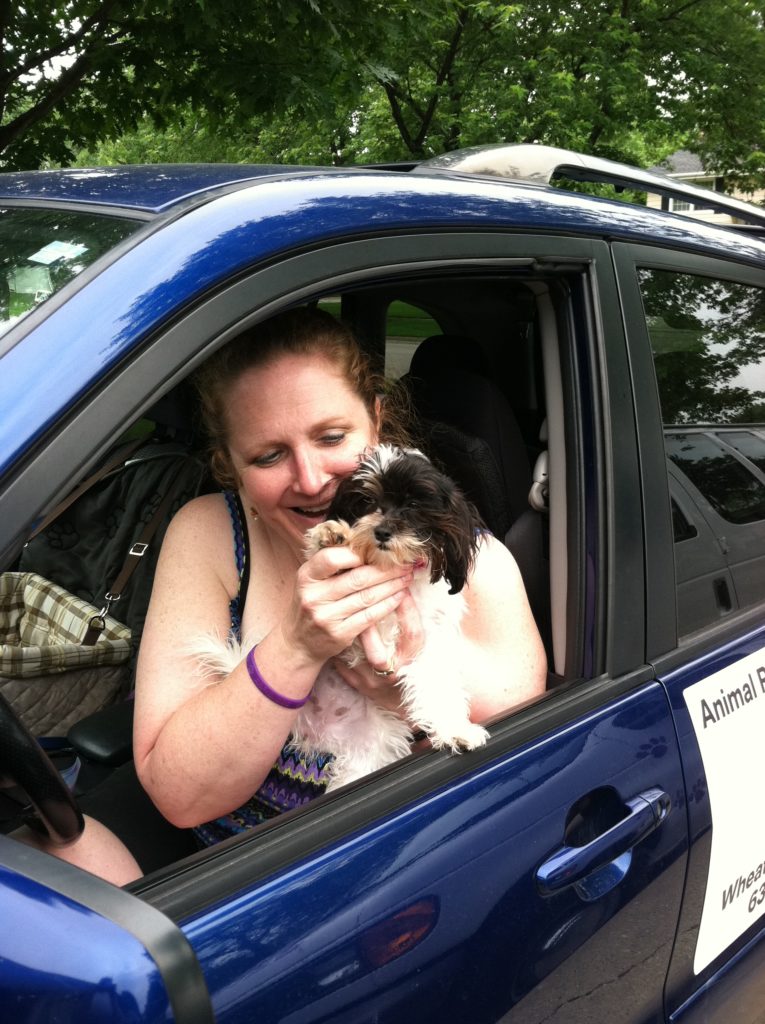
Tell us about your dog/cat family members. How many do you have, and how many are “foster fails”? (“Foster fails” are pets that foster parents have decided to adopt themselves rather than let them get adopted by someone else.)
I have two dogs and three cats. All of them are foster fails. Over the last 25 years, I’ve had six dog foster fails and nine feline foster fails total. Each came with their own special issues, from Gus requiring multiple knee operations to Johnny’s extreme shyness meaning I couldn’t get close to him for months.
Myrtle was my gorgeous Bernese Mountain dog. Another person was supposed to be fostering her, but he couldn’t get her out of his car, so he drove her to my house and she bolted from the car and ran up to my front door. She settled onto the sofa and just never left until she had a stroke six years later.
Cheetah was a 14-year-old cat who was taken to the vet to be euthanized because she was old. The vet couldn’t bring herself to euthanize a perfectly healthy cat, so she got the O.K. to use their euthanasia fee to help A.R.F. out with her care. Cheetah never had an adoption inquiry the first six weeks she was up online, so I adopted her where she ruled my bed for four more years.
Gizmo was turned in after being found loose running in traffic. I took one look at this dog and adopted him on the spot. He lived with me for 16-1/2 years and fostered all the kittens and puppies that were nursed through my home. He was the heart of my heart and I was so lucky to have been able to adopt him.
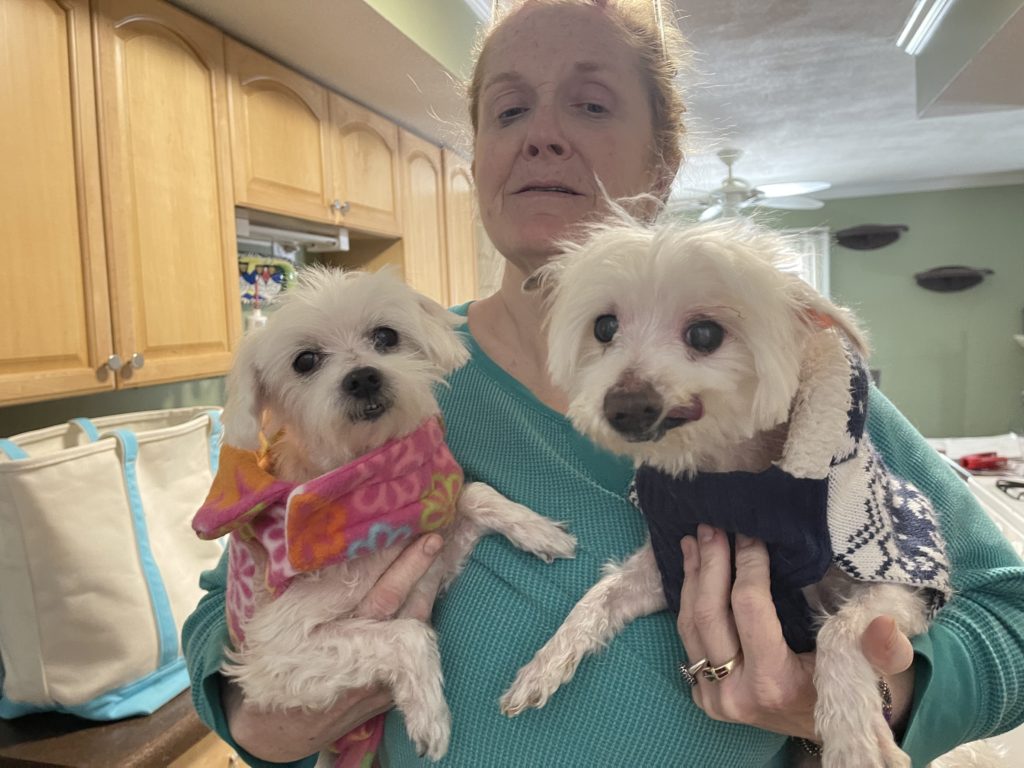
Why do you keep volunteering?
Now it defines me. I had to give up my paid career which was difficult, but this has always been where my passion was ever since I was a child. My love of animals has governed my life. And today, I am still needed. I am sure that A.R.F. might do very well without me, but there are still so any animals that need saving and I wouldn’t know how to stop helping them. Helping them defines me.
What volunteer positions/roles have you done at A.R.F.? What was your favorite? Least favorite?
I have done almost every position to some degree or another. When I took over A.R.F.’s presidency, A.R.F. was down to three women. Believe me, we did everything. My most favorite things to do are fostering and working at adoption events helping our cats and dogs find forever homes. This year has been difficult as we have been unable to hold events—the camaraderie is missing even though we hit more than 1200 adoptions—best year ever! Least favorite—all the paperwork as President and Medical Director.
What made you want to take on a leadership position at A.R.F.?
The need was there after the founding President, Constance, moved to downstate Illinois. It was just too far away for her to effectively lead the group anymore. As I believe leadership exists to lead by example and I was already fostering large numbers of animals, coordinating events, and had taken us online with Petfinder.com, it didn’t seem that big of a leap back then.
What does your day-to-day look like as A.R.F. president?
A large part of my day, sometimes that which wakes me up early in a.m., are the phone calls—prospective adopters with questions, sometimes with volunteers with questions/issues about their foster animals, or even basic animal welfare questions about a medical crisis their animal is facing, looking for resources for injured wildlife, or to report a lost dog/cat with us.
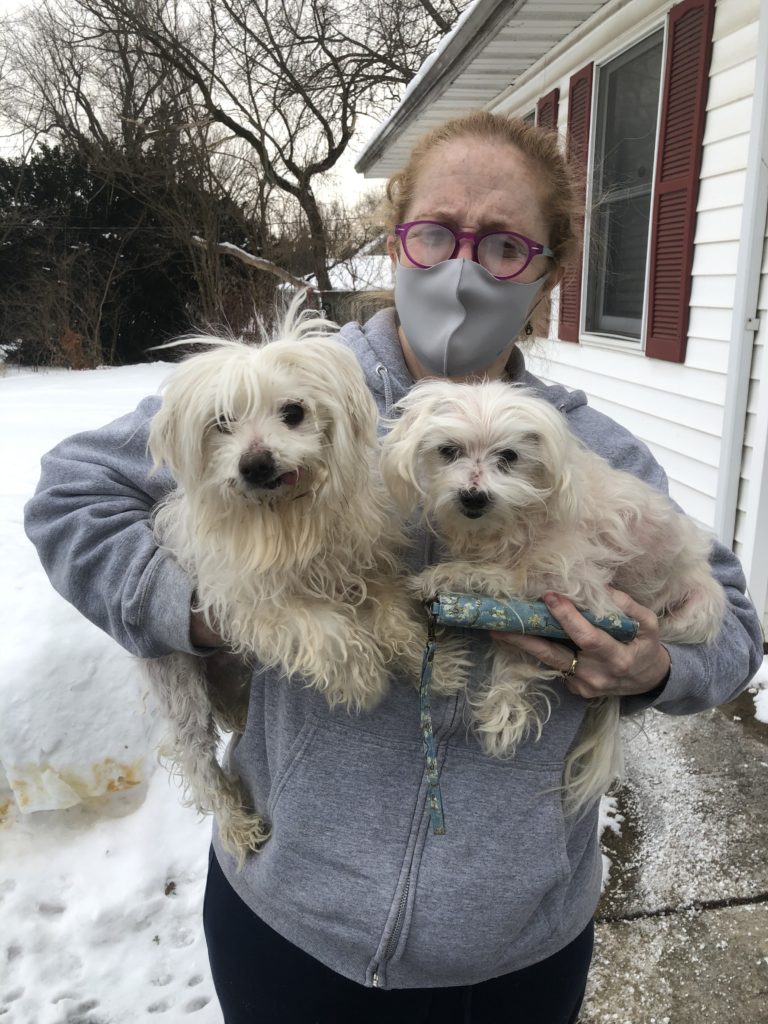
What has been your biggest challenge of your leadership role at A.R.F.? What is your favorite thing to do?
When I took over, there were some financial challenges to overcome before A.R.F. could grow. Over the next fifteen years, we penny pinched and reached a point where we could buy our first headquarters house. We now have enough money in reserve that we could pay it off today if needed–that is something that I am very proud of.
My favorite things to do are fostering and adoption events. I still fall in love with all my fosters and have those happy/sad tears as they leave with their new family. Seeing them come in fearful and skittish, and with some time and abundant love transforming into a pet that expects love and attention. Events I love, because it’s how I stay in touch with our other volunteers. Seeing them and talking to them face to face feels like catching up with family members to a great extent.
What kind of support do you have from your friends/family/community?
My old friends and family members are supportive to whatever extent they can be, but they don’t always understand if I need to cancel drinks or dinner when we have an emergency with an animal. They have children and may have to cancel when there is a school play or their child is ill—for me, the animals we take in are my children. My mother just laughs and says she would get more attention from me if she had a tail but is proud of what I am doing and what A.R.F. has accomplished.
What advice would you give somebody who is looking to get involved in animal welfare causes?
Best advice would be to realize that all you can do is all you can do and that is enough. Everyone has a limit to how involved they can be, and compassion fatigue is very real. It can be so overwhelming seeing all the animals on kill lists and want to pull them all, but that isn’t possible. Some people can only foster one at a time, others 3 or more—whatever your critical tipping point is for your home and family is what it is. Some people can’t foster but they can do administrative work—every bit as important as fostering. The key is to do what you can at any given moment.
What are some topics you feel strongly about in the animal welfare community and why?
- Spay/neuter with assistance for low income families.
Only when we get all of our animals spayed/neutered will we be able to prevent the unwanted animals in our country from being euthanized. While that number has gone down significantly, approximately 1.5 million dogs and cats are euthanized each year. We need to keep doing what we do until there are none. - Work on behavioral training with rescues, rather than give up on them.
A.R.F. has partnered with one of the best training groups in the state—A Sound Beginning. Their methods are based on the founders’ 70+ years experience in the field plus scientific research. They look at what the animal has to give and what motivates that particular dog (or cat). We are so lucky to be affiliated with ASB, they have helped us save many adoptions over the years, giving the adoptive parents the correct tools to help manage their dogs’ behaviors.
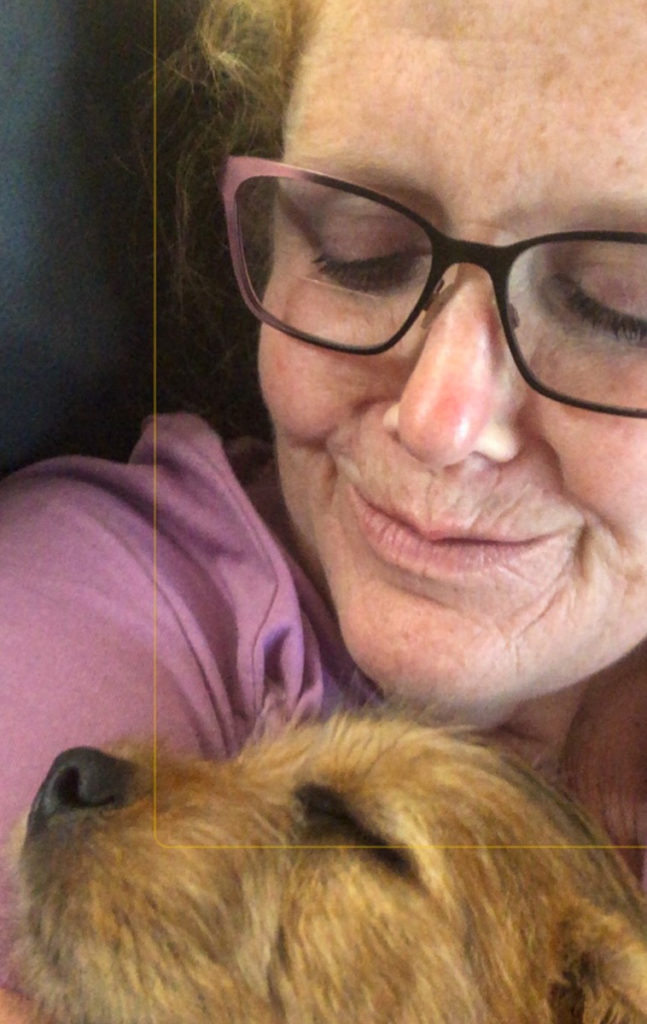
In your opinion, why should people adopt from a shelter/animal rescue as opposed to a breeder? Does the answer change for a “backyard breeder” vs. a responsible, accredited breeder?
Most people want a family pet and don’t care if it’s 100% purebred, so why not adopt an animal that through no fault of their own is in jeopardy of being euthanized? We are responsible for these animals being brought into this world, so we should be part of the solution. I firmly believe these animals know that they have been rescued, are grateful to their humans and bond especially close to “their” people.
There will always be room for good quality breeders, because some dog breeds still have very important and specialized jobs. Not every dog can be a drug sniffer, or a sheep dog, or a seeing eye dog. A good breeder will not breed their females more than every 12-18 months. They will have the “parents” checked out completely by a vet to make sure they don’t have any harmful breed abnormalities. A mixed breed animal has a tendency to cancel out many bad traits that the dominant breed might otherwise pass along.
If a person can’t foster, how else can they get involved in animal welfare causes?
People can help with adoption events, with administrative work. They can help organize fundraisers, or they can donate money if they don’t have time. Everyone comes to the table with a gift to give—it is our responsibility to help them find their niche to help the animals.
Why A.R.F. vs. other animal welfare organizations? What makes A.R.F. different in your opinion?
There are many good rescue groups locally and nationally. A.R.F. tries to make people always feel valued and that they belong. We also try to educate people whenever possible so that they can be a better pet owner in the future. For example, many people don’t know why monthly heartworm preventative medication is so important, so instead of denying them an adoption, we try to discuss the topic with them and explain its importance. Based on their response, A.R.F. will still consider adopting a dog or cat to them. We want to be the go-to group for people within our neighborhood—be it for a new animal family member, assistance when in a bind, or the place they send their kids for community service hours.
Help Ann with Our A.R.F. Lifesaving Mission
Want to help A.R.F. continue saving the lives of hundreds of dogs and cats each year? Here are a few ways you can get involved!
- Adopt a dog or puppy, or adopt a cat or kitten
- Donate money or products to help A.R.F.’s lifesaving mission
- Humane society volunteering with A.R.F.
- Learn more about pet ownership
- Follow us on social media and spread the word! – Facebook – Twitter – Instagram – Youtube
More Recent A.R.F. Milestones
- 8 Years, 300 Cat Adoptions with A.R.F. volunteer Susan O.
- Record Number of Cats and Dogs Adopted in 2020
- A.R.F. Gets its First Brick-and-Mortar Headquarters
